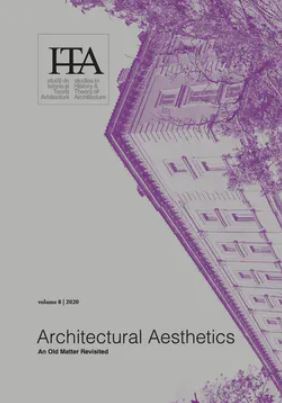Junk Playgrounds. The “Anti-Aesthetics” of Play in Post-World War II Playground Design
Junk Playgrounds. The “Anti-Aesthetics” of Play in Post-World War II Playground Design
Author(s): Christos PapastergiouSubject(s): Architecture, Post-War period (1950 - 1989), History of Art
Published by: Universitatea de Arhitectură şi Urbanism »Ion Mincu«
Keywords: post-war junkyards; leftover sites; qualities of play; children in the city;
Summary/Abstract: In his influential book from 1938, Homo Ludens, the Dutch cultural historian Johan Huizinga investigates the relation between play and human culture from the archaic period until the nineteenth century. He highlights conditions of play in various aspects of human culture, both in the culture of everyday living, such as the way humans dress, as well as in cultural production or activities, such as visual arts, music and sports. According to Huizinga, the aesthetic influence of play in the various forms of cultural production relies on the fact that play offends “seriousness” and deconstructs serious and established aesthetic values. The main result of play, according to Huizinga, is that it breaks down the determinism that defines our understanding of reality. He stresses the role that play holds in deconstructing established conceptions of reality in the various eras and fields of human culture...
Journal: sITA – studii de Istoria şi Teoria Arhitecturii
- Issue Year: 2020
- Issue No: 8
- Page Range: 245-264
- Page Count: 20
- Language: English

